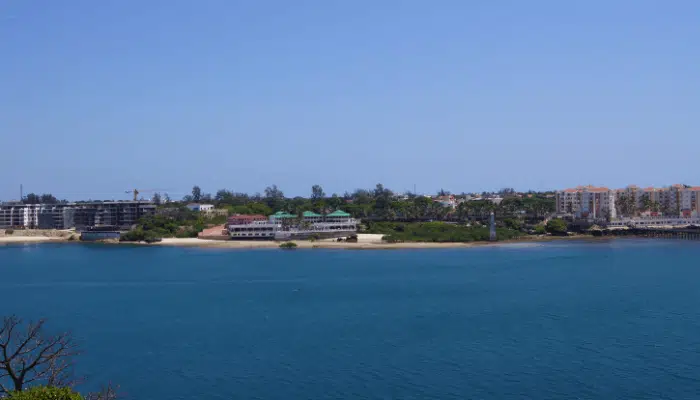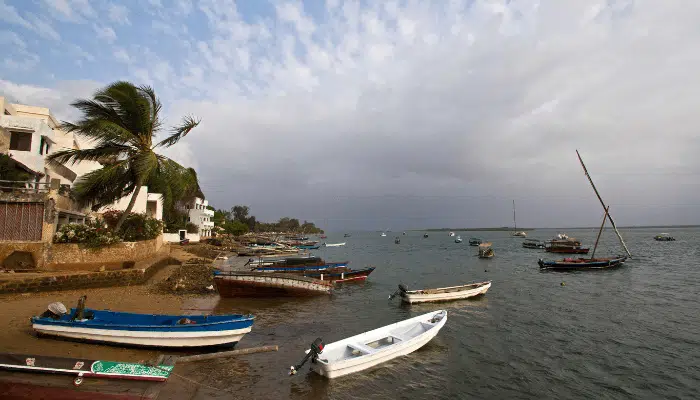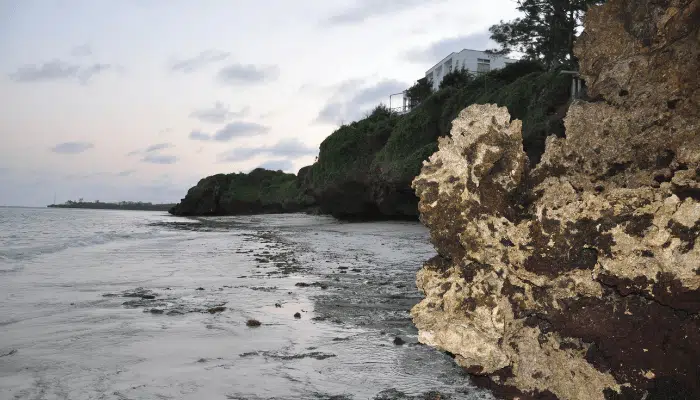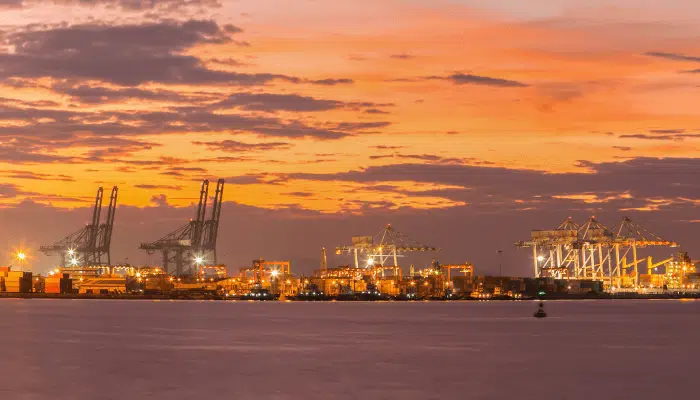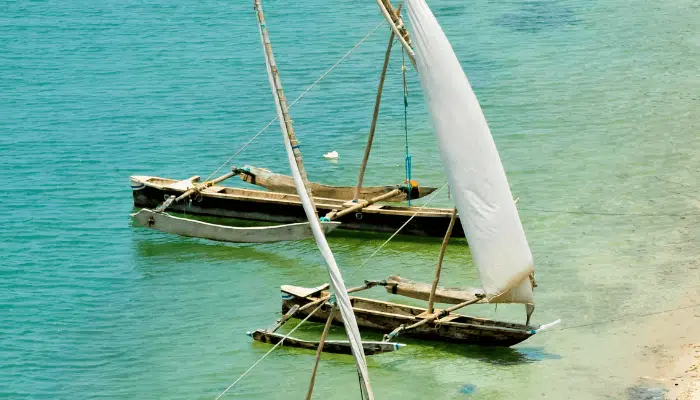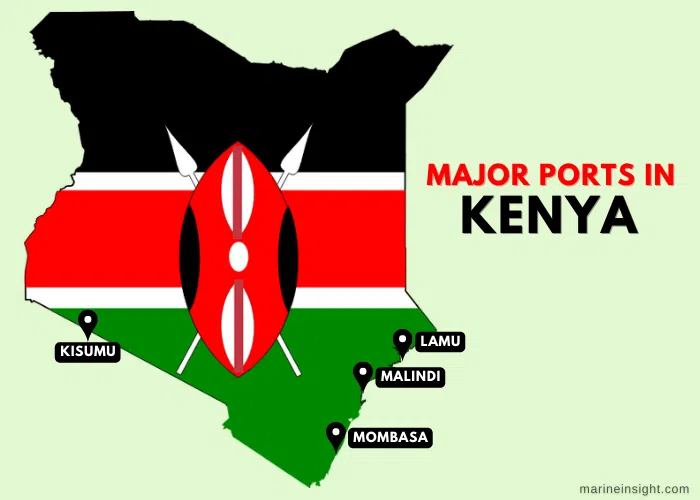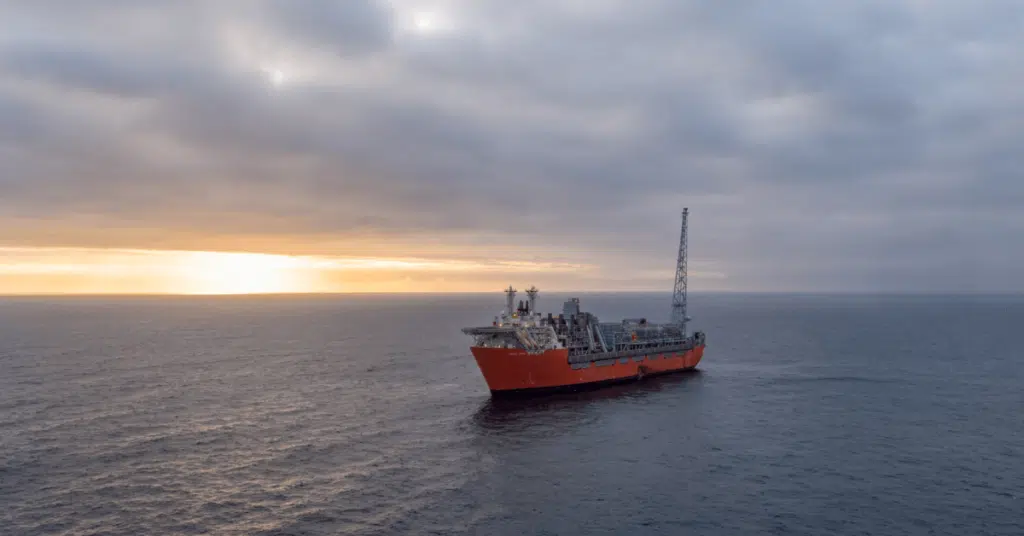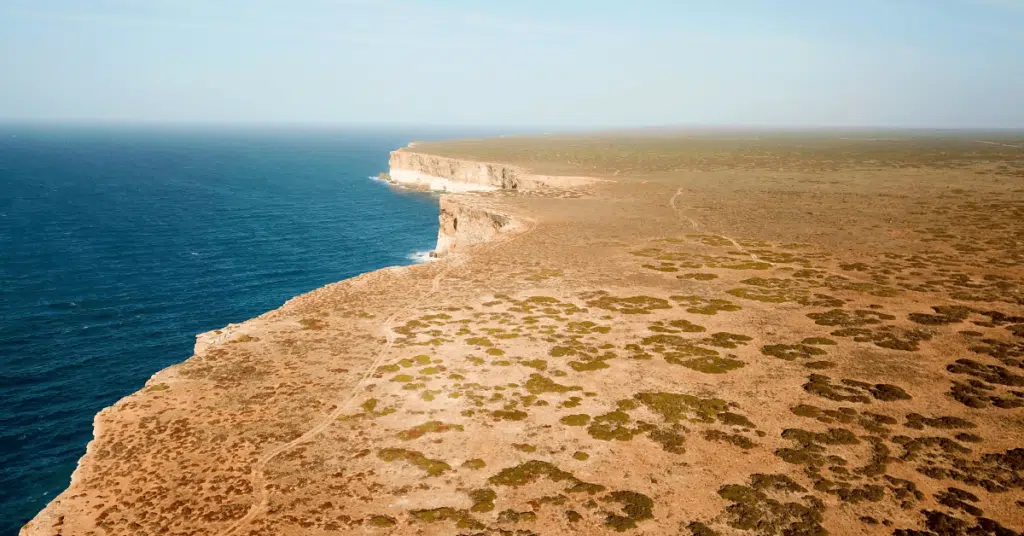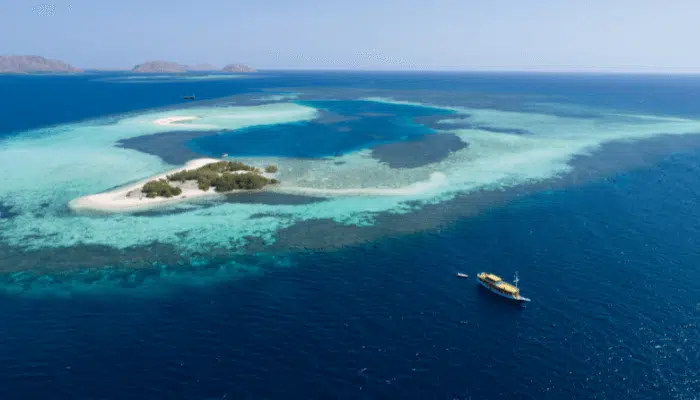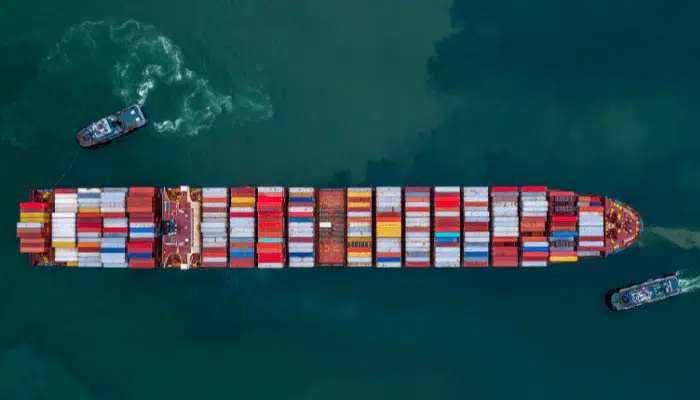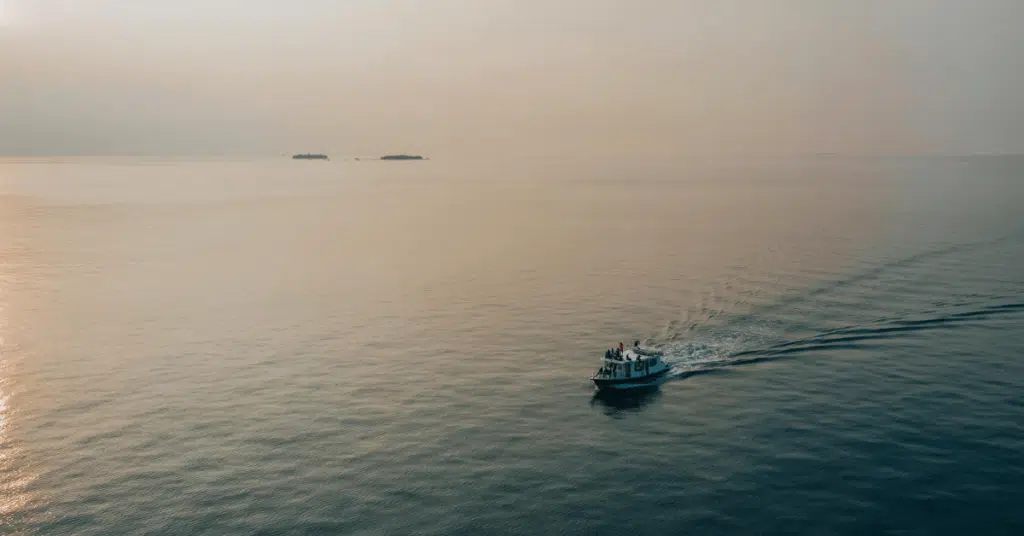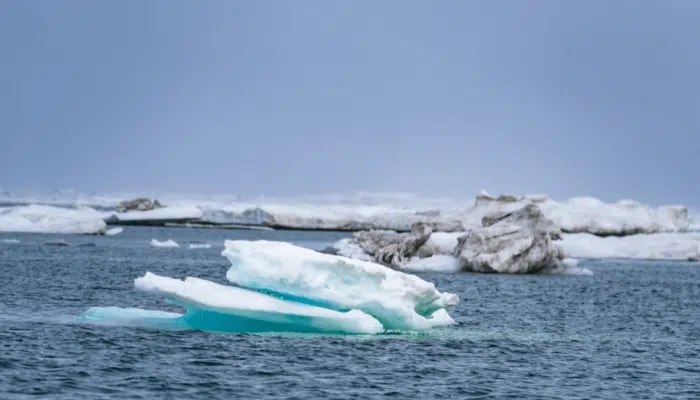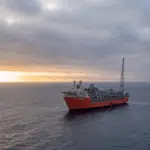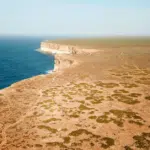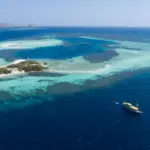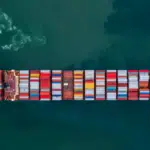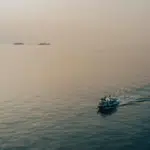9 Major Ports in Kenya
Situated in Eastern Africa, Kenya is categorized as a middle-income country. Kenya’s economy has grown steadily with a boost provided by the service sector, tourism and telecommunications.
The agricultural sector is the second biggest contributor to the nation’s economy but it is not efficiently developed and employs 75% of the local population.
Kenya also produces cash crops such as tea, and coffee. Tea and horticultural crops are the main items of export.
The export-import trade is carried out by thriving Kenyan ports that act as wheels of the economy by bringing in revenue income.
The Kenya Ports Authority (KPA) and the government are responsible for operating, managing and refurbishing the nation’s ports.
There are about 15 ports in the country and most of these are undergoing expansion and renovation to meet global standards.
The task of planning port expansion has been given to Maritime and Transport Business Solutions, based in Rotterdam.
Port of Mombasa
Situated on the African Coast, Mombasa Port is not only the premier port of Kenya but the largest and also the busiest port of the eastern African region. The annual handling capacity of the port is 2.65 million TEU’s.
It is a crucial maritime gateway serving the central and the east African region, connecting countries such as Uganda, Burundi, Ethiopia, Somalia etc. The port’s international shipping lines include Western Europe, Asia, the Americas and the East.
It deals with various types of goods such as fertilizers, grains, cement, soda ash and also liquid bulk like crude oil and petroleum.
Coffee, sugar and tea are man items of export and the port can also handle bulk and heavy cargo such as timber, iron and steel, vehicles and container goods too.
Mombasa Port stretches 7 nautical miles and is 300 m broad and has a water depth of 15m. The interior of the harbour witnesses tides as huge as 3.5 m.
Mombasa’s main port comprises 19 berths, a grain terminal, 2 oil terminals, 6 container berths and also 12 berths that handle only general cargo.
This port has undergone rapid expansion. Port equipment was also modernised, the entrance channel dredged and the basin was broadened. This has enabled the port to handle bigger ships. It stands at the 117th position among the world’s best container ports and is 5th in the African region.
Mombasa Port comprises the Kilindini Harbour, Port Tudor, Port of Reitz and the Old Port plus the waters surrounding the island of Mombasa.
It is managed and operated by the Kenya Ports Authority that also offers pilotage, docking, anchorage, stevedoring. Shipping, transport and storage services are given by private enterprises located at the port.
The port equipment is in good condition and includes 5 dockside cranes with a 5 to 15 million tonnes capacity. It has 22 rubber-tyred gantries, 7 ships to shore gantries and 2 rail-mounted gantries. It also has 8 mobile cranes, 24 reach stackers, 95 ro-ro tug master, and 30 forklifts.
The port provides efficient and reliable services however it has some constraints. There are only a few berths for specialised services, only a 1-grain terminal.
There is limited availability of manual labour that slows down loading and unloading. Also, there is a 2.5 hour waiting time for trucks at the port.
The port has extensive container facilities, including 6 container berths measuring 1204 m. Among these, 4 berths have shipped to dock gantries while the other 2 can accommodate ships with their gear. There is also a container terminal and a yard spanning 197,000m2. The other storage yards for keeping extra containers cover 57,916m2. This terminal can handle 250,000 TEU’s annually.
This port has a multipurpose terminal and most berths are multipurpose. For instance, berths 1 and 2 handle cruise and ro-ro ships while 5, 11 and 12 accommodate container ships.
Grain and handling bulk cargo is done by Grain Bulk Handlers Limited that has a terminal for handling imported grains such as barley, malt, sorghum, soya beans, rice, maize, wheat, and fertilizers. The company has silos outside the port vicinity and a conveyor system to transport grains to the storage areas.
The company handled about 1,504,000 Mt of grain in 2013 and it is the biggest grain handling facility in Africa. This facility is well-built outside the main port area and so there is no congestion and trucks can easily access it.
Its total grain storing capacity is 245,000 mt. Three companies namely Multiport International, Nectar group and Interglobe services have the equipment and have 12 bagging points offering grain bagging services.
The Kilindini Harbour is situated at Mombasa and has deep waters, 45-55 m water depth at the centre. It has two container terminals 1 and 2. The former has three berths- berths 16,17 and 18, while the latter is 15 m deep and its berths 20 and 21 are about 300 meters long.
The Mbaraki wharf at the port of Mombasa is operated by the Bamburi Cement Company that handles cement and fluorspar that are to be exported. Another company called the Magadi Soda Enterprise deals with soda ash at a facility built in the early 1900s.
Mbaraki Bulk Terminal Limited is a facility on the Mbarki port that deals with bulk Bitumen, Diesel, Heavy fuel oil, kerosene and palm oil. This is the only terminal facility in the East African region that handles bulk bitumen.
The storage capacity of this facility is 50,000 metric tonnes and it is also the only one to have a berth that can handle huge ships weighing as much as 50,000DWT.
The two major oil terminals at the Mombasa Port include Shimanzi Oil Terminal that can handle ships weighing about 35,000 DWT and 259 meters in length. The Kipevu Oil Terminal can handle vessels up to 85,000 DWT and 198 meters long. The former mainly deals with chemical goods while the latter deals with crude oil and refined oil goods.
A new container on the western part of the Kipevu Terminal spans 100 hectares with an open yard measuring 4,135 ground slots. It has two berths of Panamax and Post-Panamax ships weighing about 25,000 and 65,000 tons. This was the first phase of the Kipevu Oil terminal project that was completed in 2016. Phase 2 and 3 are ongoing.
The project would require deep dredging, construction of a hydraulic dock, and an onshore pipeline. This would greatly increase Kenya’s oil transportation capacity along with the port’s trade traffic and oil handling and storage capacity. It would be highly beneficial for the country’s economy.
Port Reitz
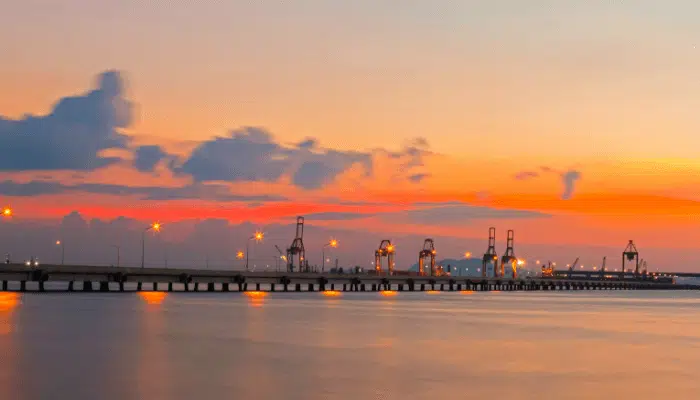
It is a port area of Mombasa, in the northwest of the island. It was once a flourishing facility that later declined due to lack of maintenance. This area has a picturesque view and had palatial homes built by the British in the 19th century. However now, container freight stations, vehicle yards and garages dot the landscape.
Port of Lamu
The Government of Kenya started an infrastructural project to construct an international seaport in Lamu. Once completed the port would handle major cargo traffic of the region’s north corridor.
Manda Bayat was chosen as the site for the port since it has a wide entrance channel and a deep basin. The 10 km shoreline is ideal for building a huge port with about 23 berths. This port would have the latest infrastructure and would comprise a railway terminal, storage tanks, container freight stations, refinery etc.
These port facilities would also create many jobs in numerous sectors such as agriculture, transport, trade etc. The port would cater to much bigger ships and would also handle some cargo that earlier went through the Sudan port and also Mombasa port. This port would witness cargo traffic worth 23.9 million by 2030.
Port of Kilifi
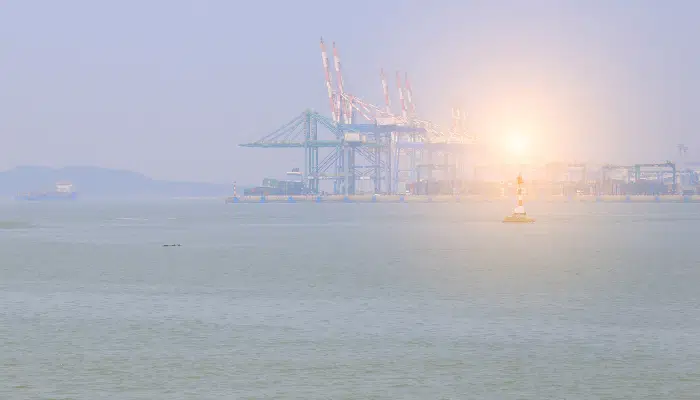
The Kilifi Port is situated on Kilifi Creek and has a boatyard. The shore is beautiful with mangroves and is perfect for water sports. The wharf also deals with 260 million tonnes of fish annually.
The port area is sheltered and has a bridge. It also offers marina services. KPA aims to develop it further and construct a dock for handling fish and also build Luxury Marina Buildings plus 200 mooring points for all kinds of ships.
Port of Mtwapa
It is a small port and receives smaller yachts and ships. Also, there is not much space for expanding this port.
However, plans are underway to develop it further to make it a fishing port equipped with a fish landing facility. KPA is now constructing a land point for fish and some berths.
Port of Shimoni
Located on the Wasini island on the southern coast of Kenya, Shimoni Port is tiny and is scarcely linked with the mainland. It handles about 10,000 metric tonnes of cargo and is the biggest small port in terms of coastal trade.
It has a dock, used for fishing primarily and also for tourism and conducting trade. It has a deep and well-sheltered bay that can accommodate large ships.
The KPA is planning to develop it further as a tourist spot and also a fishing port. The proposed port would include a multipurpose berth for fish and handling cargo apart from the cold storage facility and fish processing plant. After it is completed, it will be a major fishing harbour that would drive local and national growth.
Rich mangrove vegetation lies near the port and since the port lies on the border of Kisite-Mpunguti Park, it has a diverse marine life and attracts many tourists who come here to see whales and other sea creatures. The port has enormous potential as a trading spot and can accommodate more trade volumes.
Port of Malindi
Malindi Port is located on the northern side, just 120 km away in Mombasa town. It has a dock that is in good condition however due to accretion, the breaking area has drifted to the fish landing part of the port. Its anchorage is 11 m to 12.2 m and it can accommodate vessels measuring up to 500 m. This port exports cotton, sim-sim and copra.
It also serves the fish industry and has scope for expansion that is why the KPA is working to revamp the dock to make it an efficient fishing port and also a tourist spot, as the Malindi town is a popular destination.
Currently, the fish jetty handles about 1,250 MT annually and sees 8000 tourist vessels. KPA has also decided on expanding this port by acquiring an additional 2500 sqm of land area to construct administrative and office buildings, cold storage for fish, ice facility, fuel services, ship repair etc.
Port of Kiunga
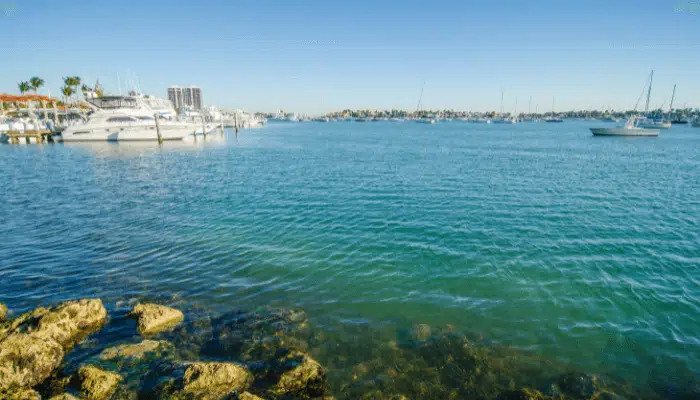
There is a dock near the Village of Kiunga that deals with 2500 MT of fish annually and apart from it, the coastal trade comprises 1000 MT of cotton and coconut exports.
This jetty has poor sea access and the KPA is planning to take 20 acres of land to develop this port into an efficient fishing port that would boost the fishing sector. It also plans to dredge the water channel and construct another wharf that has easy access to the waters. The port would also have offices and buildings apart from a cold storage facility for keeping seafood.
Kisumu Port
Situated on the banks of Lake Victoria, the Kisumu Port is used to export petroleum products to the regions and countries bordering the lake such as Eastern DRC and Southern Sudan.
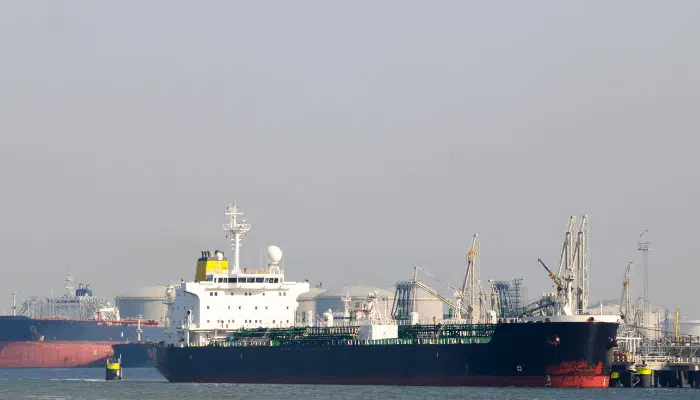
This port exports edible oil, bar soaps, shoe polish, sweets, shoes, netting material, blankets and fertilizers. It imports sugar, cottonseed cake, bottled water and soda.
It spans 17.5 hectares and has a stacking area that can handle about 15,000 TEUs annually. It imported 21,943 tons in 2014 and according to estimates, its local imports would increase to 130,000 tons by 2025, and 180,000 tons by 2035.
The dock is 262 m long and there is a warehouse in the main port area. There is a storage space spanning 3000m2 behind the warehouse and the port also has offices of the customs department, police and harbour master.
These were some of the major Kenyan ports that play an important role in the development of the country’s economy by generating employment and leading to economic growth.
You might also like to read:
- 5 Major Ports In Sudan
- Major Ports of Gambia
- 4 Major Ports In Cambodia
- 5 Major Ports In Switzerland
- 6 Major Ports in Turkey
Disclaimer: The authors’ views expressed in this article do not necessarily reflect the views of Marine Insight. Data and charts, if used, in the article have been sourced from available information and have not been authenticated by any statutory authority. The author and Marine Insight do not claim it to be accurate nor accept any responsibility for the same. The views constitute only the opinions and do not constitute any guidelines or recommendations on any course of action to be followed by the reader.
Do you have info to share with us ? Suggest a correction
Latest Maritime Knowledge Articles You Would Like:
Subscribe To Our Newsletters
By subscribing, you agree to our Privacy Policy and may receive occasional deal communications; you can unsubscribe anytime.



